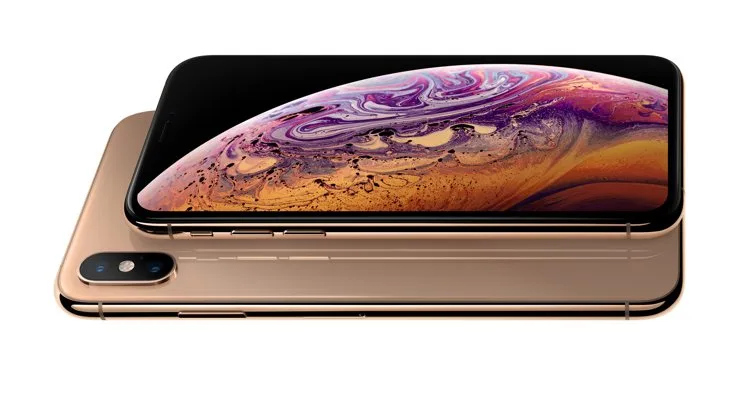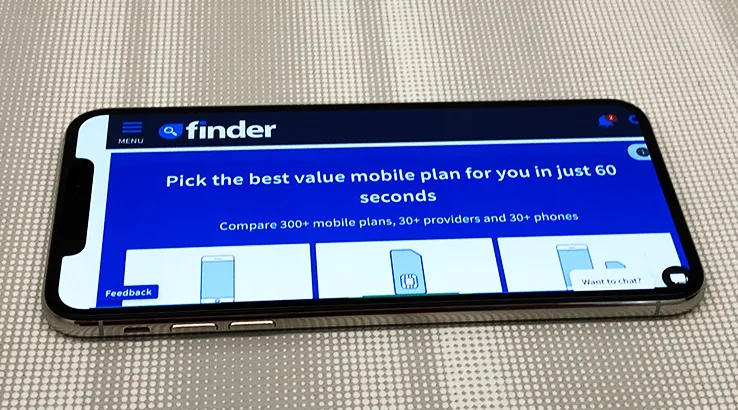Google Pixel 3 XL vs Apple iPhone XS Max
How does Google's new flagship phone compare to Apple's pricey iPhone XS Max?
Google Pixel 3 XL vs Apple iPhone XS Max: What to look for
It was only a few short weeks ago when Apple formally announced its biggest handset to date, the Apple iPhone XS Max. If you believe Apple, it's everything you could ever imagine a smartphone could be, wrapped up in a considerable asking price.
Google has followed this up by announcing its biggest flagship phone, the Google Pixel 3 XL. While there are no doubt Apple and Android fans who would never dream of buying a phone from the "other side", for the vast majority of consumers, it's a question very much worth considering. If you were choosing a flagship phone, which one should you buy?

Google Pixel 3 XL vs Apple iPhone XS Max: Power
The Pixel 3 XL uses the exact same recipe as many (but not quite all) of 2018's flagship Android handsets. Take one Snapdragon 845 processor, add 4GB RAM and stir until you've got a powerful handset.
That's actually a moderate amount of RAM for a 2018 flagship, but Google's got the advantage of having complete control of the Android operating system, and that means it can optimise heavily for its own devices. Even the 2017 Google Pixel 2 XL performs well against 2018 flagships in real-world testing once it's running Android 9.0 ("Pie") onboard.
Apple of course designs its own silicon, and the Apple A12 Fusion in the Apple iPhone XS Max is quite the beast. It's bested the Snapdragon 845 as used by every other flagship phone we've tested to date, although there are some differences in the way that iOS and Android operate that means it's not quite a like-for-like comparison.
Where it gets even murkier is in the optimisations that both Apple and Google can throw at their flagship phones. Apple only has to program for a small quantity of iPhones, while Android is used on literally thousands of devices. Still, Google's managed to do a lot of optimisation in the way that its Pixel phones treat their processors, and the Pixel 3 XL will ship with Android 9 ("Pie") on board. From what we've already seen with Android Pie running on the Snapdragon 835 at the heart of the Pixel 2 XL, the Pixel 3 XL should be an exceptional phone.
Google Pixel 3 XL vs Apple iPhone XS Max: Camera
![]()
Many premium smartphones are defined by their cameras, and it's an area where we've seen intense competition from both the iOS and Android sides of the smartphone war. The camera in the Google Pixel 3 XL is, surprisingly, only a single lens, but Google's claim is that it can deliver superior performance through sheer force of software optimisation.
Google's promising a range of camera optimisations, from the "top shot" feature, which uses a burst mode and machine learning to select the "best" picture and avoid closed eyes or sneezes, to improved low-light photography, although that won't be available at launch. Google did show off a single comparison photo at launch against the iPhone XS (which shares the same camera array) to flaunt the superiority of its camera approach:
![]()
For the Apple iPhone XS Max, Apple stuck to a dual rear lens array, but one with larger individual pixels for improved low-light performance. It can manage post-shot focus changes in portrait mode, and in our tests is a superb performer, right up there with premium offerings such as the Samsung Galaxy Note9 and the Huawei P20 Pro.
What's interesting here is that both Apple and Google are targeting everyday photographers with their new phones. Both phones offer highly guided experiences, rather than ones that work on setting specific photographic variables. That's probably good news for everyday shooters, although those who prefer flexibility may find the hand-holding approach stifling.
Google Pixel 3 XL vs Apple iPhone XS Max: Battery

Ask any iPhone owner to honestly rate their handsets, and the most common complaint you'll hit is in battery life. While Apple can optimise to make the most out of battery capacities, the reality is that it's long favoured thinner handsets, and as a result, battery life has been compromised. The iPhone XS Max features a 3,179mAh battery, the largest that Apple's ever put into a handset, but still quite a degree smaller than most phones in the 6-inch-plus size category.
Google has opted to pack a 3,430mAh battery into the Google Pixel 3 XL according to reports, and that gives it a numerical advantage, although it remains to be seen how well the Snapdragon 845 handles for actual power consumption.
The Google Pixel 3 XL finally gets with the program in terms of offering full support for wireless charging. That's been part of Apple's playbook for a while now, leaving both phones tied on that score.
Google Pixel 3 XL vs Apple iPhone XS Max: Pricing
![]()
The Google Pixel 3 will be available in Australia from 1 November, priced at $1,349 with 64GB of onboard storage or $1,499 if you want 128GB. Like the Apple iPhone XS, there's no capacity to boost that storage with microSD expansion, but this has long been a feature of Google's Pixel phones.
Telstra was the exclusive launch partner for the Pixel and Pixel 2 generations, but now Optus and Vodafone are getting in on the action by offering the Pixel 3 XL on contract plans too.
Check out our breakdown of all available Pixel 3 contract plans.
Comparatively, Apple's pushed itself into the position of having the most expensive handsets in Australia, and by a pretty wide margin. The iPhone XS Max sells for $1,799 for the 64GB model, $2,049 for the 256GB and a hefty $2,369 for the 512GB variant. It's available across major carriers on contract terms, which you can check below:

